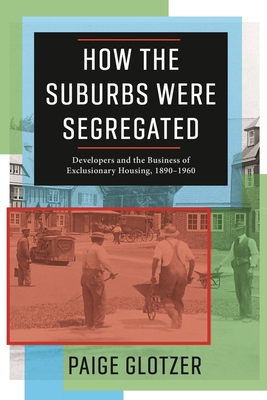Expedite your nonfiction book discovery process with Readara interviews, summaries and recommendations, Broaden your knowledge and gain insights from leading experts and scholars
In-depth, hour-long interviews with notable nonfiction authors, Gain new perspectives and ideas from the writer’s expertise and research, Valuable resource for readers and researchers
Optimize your book discovery process, Four-to eight-page summaries prepared by subject matter experts, Quickly review the book’s central messages and range of content
Books are handpicked covering a wide range of important categories and topics, Selected authors are subject experts, field professionals, or distinguished academics
Our editorial team includes books offering insights, unique views and researched-narratives in categories, Trade shows and book fairs, Book signings and in person author talks,Webinars and online events
Connect with editors and designers,Discover PR & marketing services providers, Source printers and related service providers

How the Suburbs Were Segregated: Developers and the Business of Exclusionary Housing, 1890-1960
History > United States - 20th Century
- Columbia University Press
- Paperback
- 9780231179997
- 8.9 X 6 X 0.9 inches
- 0.95 pounds
- History > United States - 20th Century
- (Single Author) Asian American
- English
Readara.com
Book Description
Glotzer charts how the real estate industry shaped residential segregation, from the emergence of large-scale suburban development in the 1890s to the postwar housing boom. Focusing on the Roland Park Company as it developed Baltimore's wealthiest, whitest neighborhoods, she follows the money that financed early segregated suburbs, including the role of transnational capital, mostly British, in the U.S. housing market. She also scrutinizes the business practices of real estate developers, from vetting homebuyers to negotiating with municipal governments for services. She examines how they sold the idea of the suburbs to consumers and analyzes their influence in shaping local and federal housing policies. Glotzer then details how Baltimore's experience informed the creation of a national real estate industry with professional organizations that lobbied for planned segregated suburbs. How the Suburbs Were Segregated sheds new light on the power of real estate developers in shaping the origins and mechanisms of a housing market in which racial exclusion and profit are still inextricably intertwined.
Author Bio
I research the history of housing segregation in the nineteenth and twentieth century. My first book, entitled How the Suburbs Were Segregated: Developers and the Business of Exclusionary Housing, 1890-1960, was published by Columbia University Press as part of its Columbia Studies in the History of U.S. Capitalism series. It charts how suburban developers, including Baltimore’s Roland Park Company, ushered in modern housing segregation with the help of transnational financiers, real estate institutions, and public policymakers. The effects of their efforts continue to be felt today. Portions of my research have been published in the Journal of Urban History and Public Seminar. My work has also been featured in The Atlantic’s CityLab and Time.
I am also interested in the connections between the rise of Jim Crow and colonialism and slavery worldwide. I recently completed a digital project that maps the British investors who financed one of the first segregated suburbs in the United States. In keeping with this turn toward global urban history, my next project will focus on the interactions between American realtors and Latin American consumers in the mid-twentieth century.
My teaching interests include U.S. history, transnational history, cities, business, and politics. Regardless of the specific topic, I alert students to the historical dimension of processes they might take to be natural.
In addition to conducting research and teaching, I have been invited to lead tours and give talks on urban history.
Education
Ph.D., Johns Hopkins University
M.A., Johns Hopkins University
B.A., New York University
Source: University of Wisconsin - Madison - Department of History
Videos






Community reviews
No Community reviews

